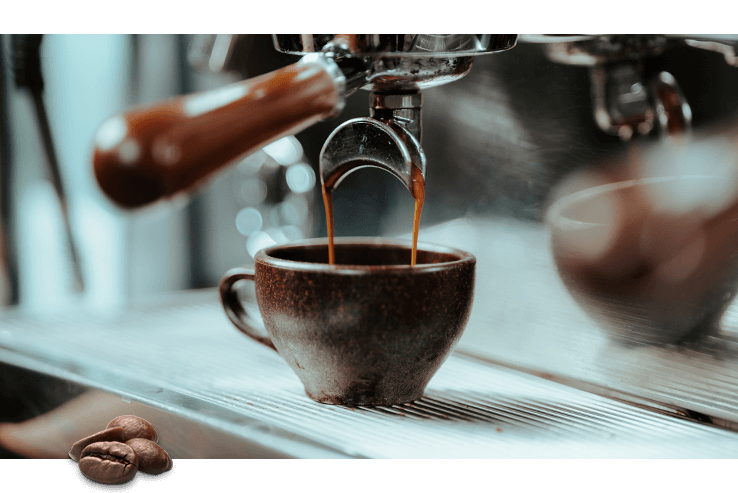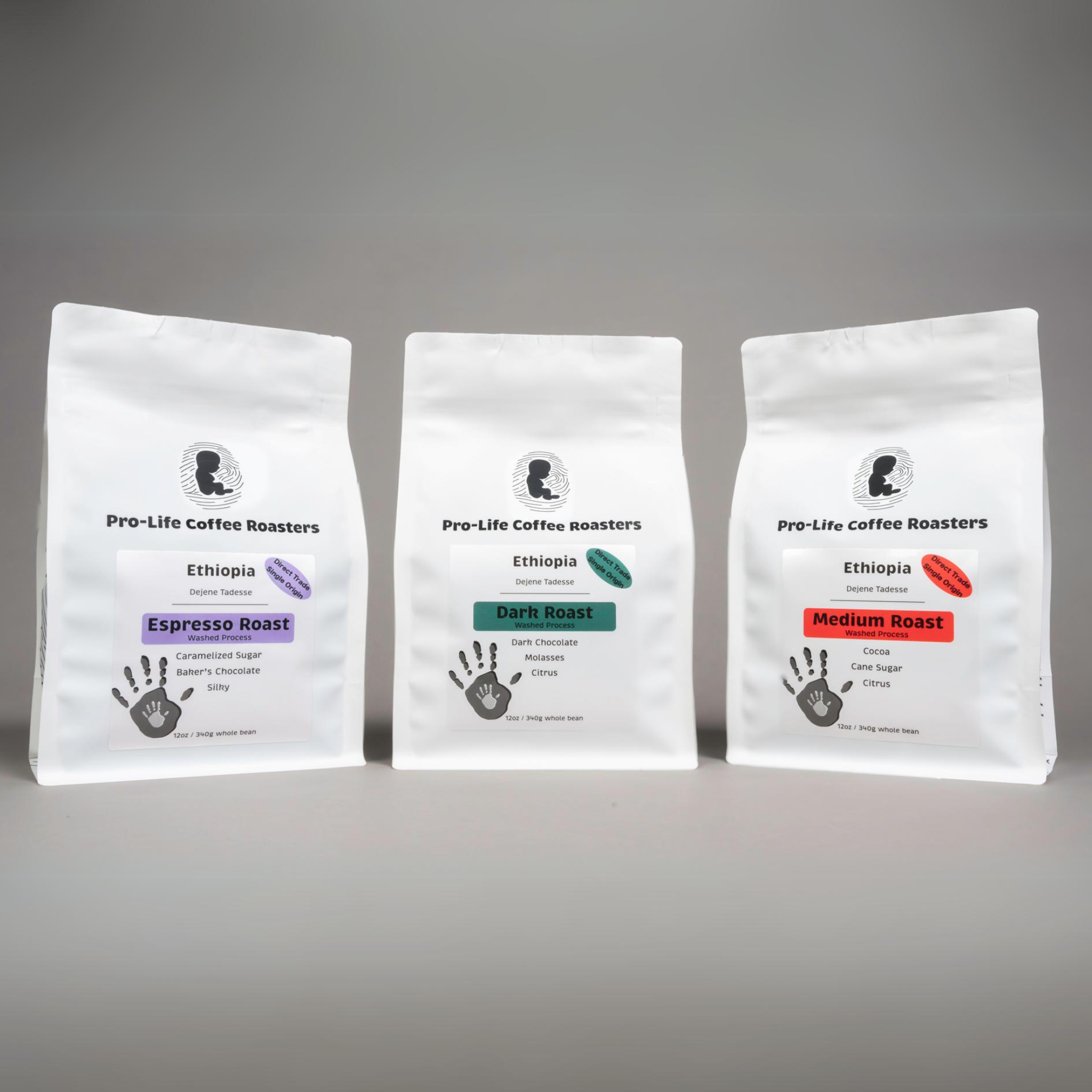Matching Food and Desserts with SOE Single Origin Espresso
Comprehending Coffee Beans: the Journey From Espresso to Blended Coffee Beans

The Origins of Coffee: An International Perspective
While you might think of coffee as a modern-day staple, its origins map back centuries, intertwining with societies across the globe. The story starts in Ethiopia, where legend claims a goat herder called Kaldi found the energizing impacts of coffee beans after noticing his goats romping energetically after consuming them. This stimulated interest, causing coffee's spread to Arab traders who valued the brewed drink. By the 15th century, it got to Persia, Egypt, and Turkey, where coffeehouses came to be social hubs for discussion and culture.
As trade paths increased, coffee made its means to Europe in the 17th century, rapidly getting popularity. It transformed from a magical beverage right into a daily ritual, intellectual exchanges and inspiring gatherings. Each culture added its special twist to coffee preparation, enhancing its background. This international trip highlights how coffee links us, going beyond boundaries and joining varied practices with an easy bean.
Growing and Harvesting of Coffee Beans
As coffee's journey progressed, the focus shifted to the cultivation and harvesting of certain bean selections, particularly those made use of for espresso. You'll discover that espresso beans frequently originate from Arabica or Robusta plants, each offering distinctive flavors. The excellent expanding problems include high elevations and rich, well-drained soil, which boost the beans' quality.
Throughout the harvest, picking approaches vary. In some areas, workers hand-pick ripe cherries, making sure only the very best fruit goes to handling. In various other locations, mechanical harvesters are utilized, particularly on larger farms. When the cherries get to peak ripeness for optimum flavor., timing is crucial; you want to gather.
Once harvested, the beans are planned for handling, which is essential in determining their last preference. Understanding the farming and gathering processes gives you understanding right into what enters into your favored espresso, enriching your appreciation for each mug.
Handling Techniques: From Cherry to Bean
Currently that you've found out about gathering coffee beans, allow's check out just how those cherries change right into the coffee beans you love. You'll see just how different harvesting methods influence flavor, followed by the vital steps of fermentation and drying. We'll break down the milling and grading process that identifies your coffee's top quality.
Harvesting Techniques Discussed
When it comes to coffee, comprehending harvesting strategies is essential, since they directly influence the taste and high quality of the beans you appreciate. There are 2 main approaches: careful selecting and strip picking. Careful choosing entails hand-picking only ripe cherries, guaranteeing you get the finest top quality beans. This method usually causes a richer flavor account, though it's even more labor-intensive. On the various other hand, strip selecting means harvesting all cherries at when, no matter of perfection. While it's quicker and less expensive, this can lead to a mix of tastes, impacting the end product. Ultimately, the choice of gathering strategy can considerably affect your coffee experience, so it deserves recognizing how those beans made it to your cup.
Fermentation and Drying Out
After gathering, the following steps in handling coffee beans play a substantial function fit their flavor. You'll locate that fermentation is vital, as it aids damage down the mucilage surrounding the beans, improving their preference profile. Depending on the method, this procedure can last from a few hours to several days, with varying outcomes based on temperature level and moisture.
When fermentation is complete, drying out adheres to, which is similarly important. You can select from mechanical or sun-drying drying methods. Sun-drying permits the beans to take in flavors from the setting, while mechanical drying assurances consistent dampness levels no matter of weather condition. Proper drying out is essential to protect against mold and mildew and preserve the beans' high quality, inevitably affecting your cup of coffee.
Milling and Grading Process
As fermentation and drying out established the stage for taste advancement, the milling and grading process assurances that just the ideal coffee beans make it to your mug. This stage includes getting rid of the external layers of the coffee cherry, consisting of the parchment and husk. Top quality beans obtain a higher grade, resulting in a richer coffee experience.
Roasting Methods: Unlocking Flavor Prospective
When you roast coffee beans, the technique you select can substantially impact the taste profile. Understanding the connection between time, temperature, and roasting strategies is key to revealing the potential of your brew. Allow's discover exactly how these aspects collaborated to produce the ideal cup.
Toasting Approaches Discussed
While you might think that all coffee toasting methods generate the same outcomes, the fact is that each strategy exposes special taste capacities in the beans. Drum roasting utilizes a turning drum to evenly distribute warm, improving caramelization and producing a balanced taste. Air roasting, on the other hand, distributes hot air around the beans, advertising a lighter roast with obvious acidity.

Influence On Flavor Profile
Various toasting methods not only affect the procedure yet additionally considerably influence the taste account of the coffee beans. Dark roasts, on the various other hand, bring out strong, great smoky flavors, often covering up the bean's check my reference special features. Recognizing these nuances aids you appreciate the creativity behind your cup of coffee, enhancing your total experience with every sip.
Time and Temperature Level Variables
To launch the complete taste capacity of coffee beans, both time and temperature throughout the toasting process play significant functions. When roasting, you'll locate that greater temperatures can rapidly develop tastes, yet if you hurry it, you might wind up with burnt notes. Alternatively, reduced temperature levels permit a much more gradual taste advancement, showcasing the beans' distinct attributes.

Timing is equally as crucial; extending the roast as well long can lead to a loss of level of acidity and brightness, while too brief a roast could leave the beans underdeveloped. Discovering that sweet spot needs method and trial and error. By changing these factors, you can expose the abundant, complex tastes hidden within each bean, producing a truly exceptional coffee experience.
The Art of Mixing: Crafting Distinct Coffee Accounts

Start by selecting a base coffee that offers a solid foundation. A bright Ethiopian bean can bring fruitiness, while a rich Brazilian coffee adds body.
As you blend, remember that each combination narrates. You're not just making coffee; you're creating an experience. Take your time, preference regularly, and enjoy the trip of uncovering your trademark blend - Single Origin Espresso.
Brewing Approaches: Just How Prep Work Influences Taste
Blending coffee opens up a domain of taste possibilities, however exactly how you brew that blend can considerably affect your last mug. Various developing techniques extract unique tastes and scents, so it's critical to select sensibly. A French press allows oils and sediments to remain, creating a rich, full-bodied experience. On the various other hand, a pour-over highlights the coffee's clearness and brightness, excellent for showcasing delicate notes.
Coffee, with its high pressure, creates a concentrated shot that highlights sweet taste and crema. If you choose a lighter mixture, take into consideration a cold brew method; it yields a smooth, much less acidic preference.
Ultimately, trial and error is essential. Readjusting variables like water temperature level, grind size, and brew time can change your coffee's profile. Accept the art of developing to discover the tastes concealed in your coffee blends. The right technique can elevate your experience to brand-new elevations.
The Future of Coffee: Sustainability and Technology
As the coffee industry progresses, sustainability and innovation are ending up being essential for resolving environmental challenges and meeting customer needs. You'll discover that even more coffee firms are adopting environment-friendly techniques, from sourcing beans morally to executing lasting farming strategies. These changes not just help the planet but additionally enhance the quality of the coffee you take pleasure in.
You could see innovations like biodegradable packaging and water-saving brewing techniques that lower waste. Advanced technology, such as blockchain, is additionally becoming popular, making sure openness in the supply chain, which enables you to trace your coffee back to its origins.
In enhancement, purchasing regional neighborhoods and sustaining farmers with fair trade initiatives fosters a more sustainable coffee community. As you sip your next mug, see this keep in mind that your selections can add to a brighter future for coffee. By deciding for lasting brands, you're not just taking pleasure in a beverage; you're making a positive effect on the globe.
Regularly Asked Inquiries
What Is the Distinction Between Arabica and Robusta Beans?
Arabica beans are smoother, sweeter, and have a greater level of acidity, while robusta beans are stronger, more bitter, and contain even more caffeine. When making your coffee., you'll discover these differences in taste and aroma.
Just How Does Altitude Affect Coffee Bean Taste?
Altitude influences coffee bean flavor substantially. Higher altitudes produce beans with brighter level of acidity and complex tastes, while lower elevations typically produce beans that are much heavier and much less nuanced. You'll discover these differences in your cup!
What Are the Wellness Advantages of Alcohol Consumption Coffee?
Consuming coffee can enhance your energy, enhance psychological focus, and also boost physical performance. It's abundant in antioxidants, may reduce the threat of specific conditions, and can promote a healthier metabolic rate when consumed in moderation.
Can Coffee Beans Be Recycled for Brewing?
Yes, you can reuse coffee beans for developing, yet the flavor could be weak. If you enjoy trying out, attempt go to these guys reusing them in different methods, like cool brews or including in shakes for an extra kick.
How Should I Store Coffee Beans for Quality?
To maintain your coffee beans fresh, store them in an airtight container in a great, dark location. Stay clear of subjecting them to light, dampness, or warmth, as these factors can rapidly deteriorate their taste and fragrance.
Understanding Coffee Beans: the Journey From Espresso to Blended Coffee Beans.
Now that you've learned regarding gathering espresso beans, let's check out exactly how those cherries transform into the coffee beans you love.When you roast coffee beans, the technique you select can significantly impact the flavor profile - Single Origin Espresso.While you might believe that all coffee toasting approaches generate the very same outcomes, the reality is that each method exposes unique flavor potentials in the beans.Various toasting approaches not just influence the process yet additionally substantially influence the taste profile of the coffee beans